The glutes are one of the largest and strongest muscles in your body. They are also sometimes the most ignored.
It’s easy to hop on your bike and head out for 20-50 miles and not give much thought to your pedal stroke, but maybe it is time you should. During each pedal stroke, your glutes should be the largest muscle group producing power in your legs. Some cyclists over time will become more quadricep dominant and lose power as well as glute activation.
Don’t Ignore Your Glutes!
Neglecting your butt is costing you power!
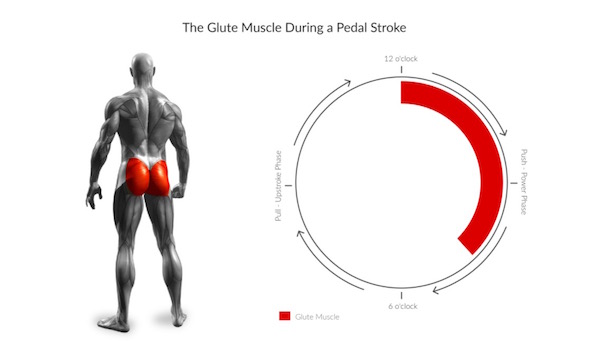
Glute Deactivation Leads to Aches and Pains
Losing “power” may be the least of your concerns if you let your glutes go unnoticed for too long. Below is a list of muscles and structures affected when you lose glute strength:
- Overactive hamstrings (can lead to tendinitis)
- Knee pain
- Pain in right shoulder/thoracic region
- Overused quads
- Overused hip flexors/adductors
Glute Deactivation Impacts Your Hamstrings
If you ride at a rate of 90 revolutions per minute and you ride for 2 hours, that’s 10,800 pedal strokes you take for just one ride. If your glutes aren’t properly functioning that means your hamstrings have to work in overdrive in order to extend your legs during the pedal stroke.
Glute Deactivation Impacts Your Quads and Hip Flexors
Inactive glutes also places added stress to the quadricep muscles and hip flexors assisting in the downstroke of your pedal stroke. Overused quads can lead to tightness, which can ultimately lead to knee pain.
Glute Deactivation and Your Sore Back
Finally, glute inactivity can lead to back pain and soreness. Your glutes also aid in stability. If one side of your body has glute inactivity then the opposite side of your body needs to overcompensate to assist in stability. This instability triggers your opposite side of your upper body to take over the work, thus leading to shoulder discomfort.
Your glutes are connected to your whole body and influence proper muscle mechanics. Now comes the time to learn how to engage your glutes and get them firing on all cylinders!
Setting the Foundation: Pelvic Posture
First things first, proper pelvic posture is key. If your front side (anterior side of your hips/hip flexors) are tight you won’t be able to access your glutes completely. Work on keeping your pelvis in a neutral position and remember to keep your core engaged when practicing all glute exercises.
If this positioning is hard to achieve, adding in some hip flexor stretches may be beneficial.
These stretches can include a half kneeling lunge: To perform this stretch, place one knee down into a kneeling position and the opposite leg will be placed in front with the foot on the ground as shown below. While in this position, activate the glute of the leg which is kneeling (squeeze your butt!) and begin to slowly press forward. By activating the glutes, you allow the hip flexors to release. This release will allow you to access more range in the hip flexors in order to be stretched.
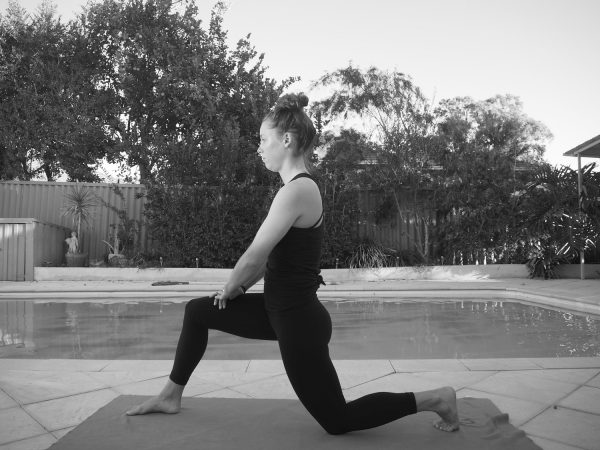
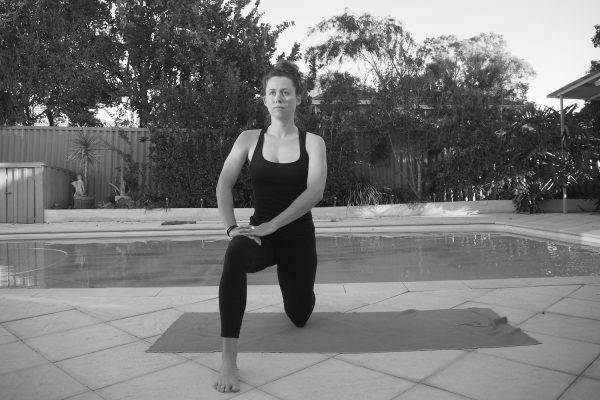
Another stretch to incorporate is the deep lunge. To perform this stretch you will begin by positioning yourself into the half kneeling lunge we just performed. From this position, begin by activating the glutes of the leg that is on the ground and slowly begin to lunge forward. From here, you will place both hands inside the leg that is forward as shown below. To vary the intensity of the stretch you can either keep your arms straight or work your way to your elbows.
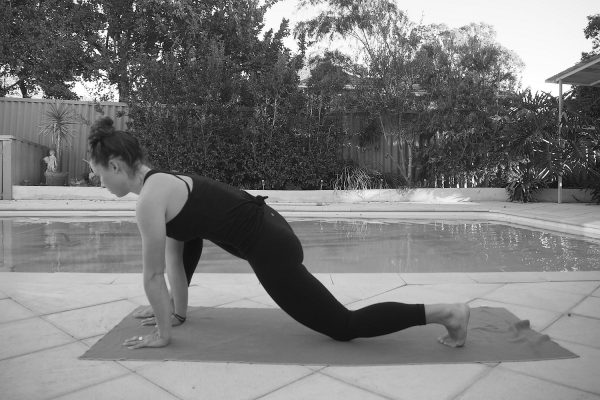
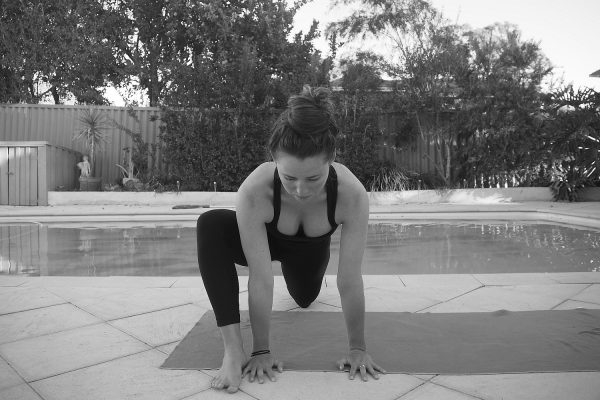
Again, never force yourself into a position that is painful. Always listen to your body and ease your way into a stretch.
Now that we have the front side open, time to activate those glutes! You’ll only need one piece of equipment for this and that is an exercise band. You can find these at your local exercise equipment stores or Amazon.com
Below is a series of activation drills you can do prior to riding that will be sure to wake up your sleeping glutes!
Fire Hydrants: Target Muscle: Glute Max
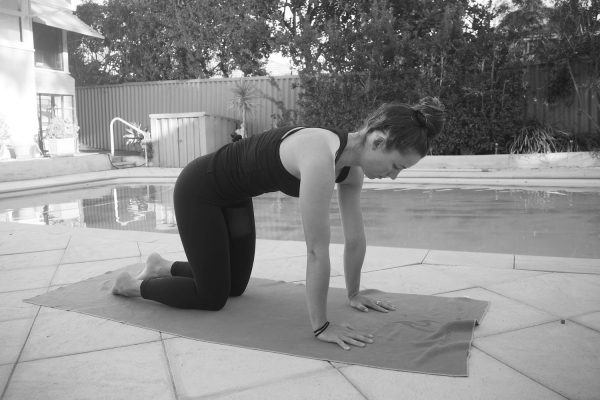
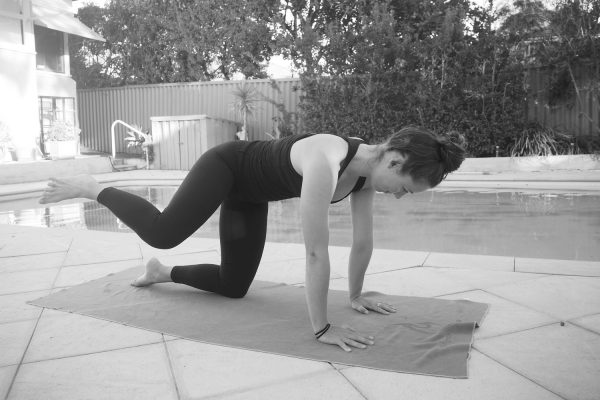
Skates: Target Muscle: Glute Max
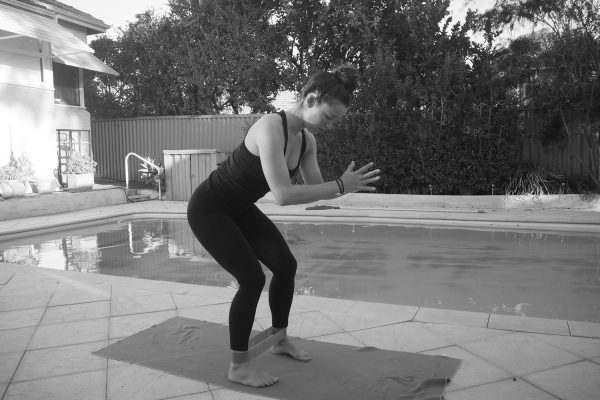
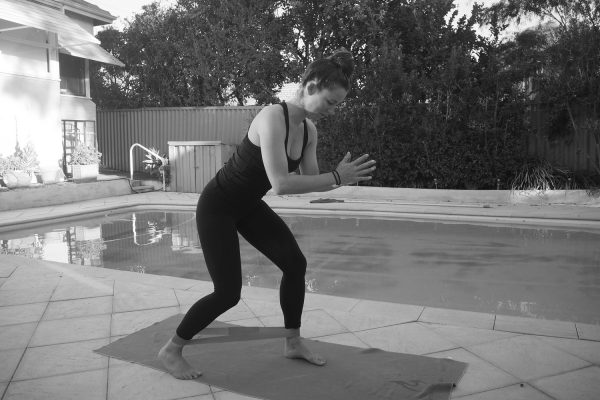
Monster Walks: Target Muscle: Glute Med
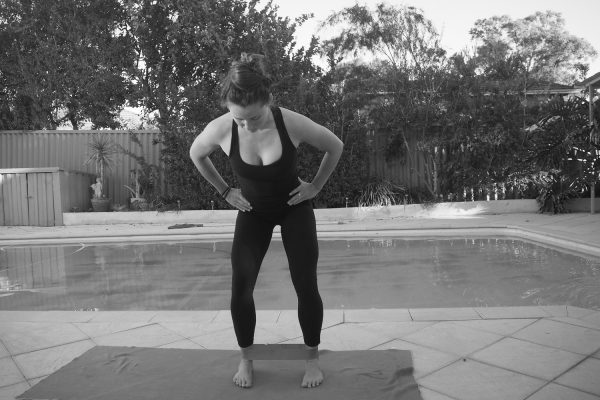
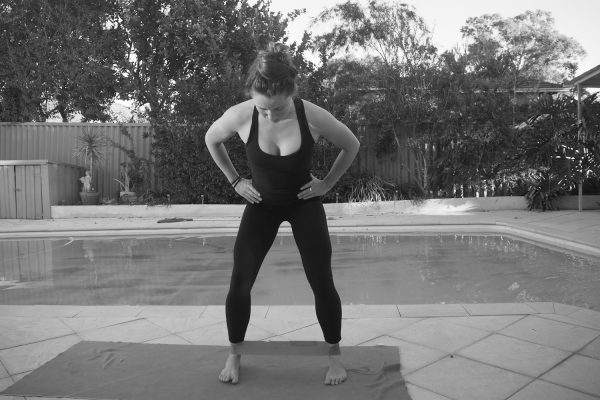
Bridges: Double and Side Leg, Target Muscle: Glute Max
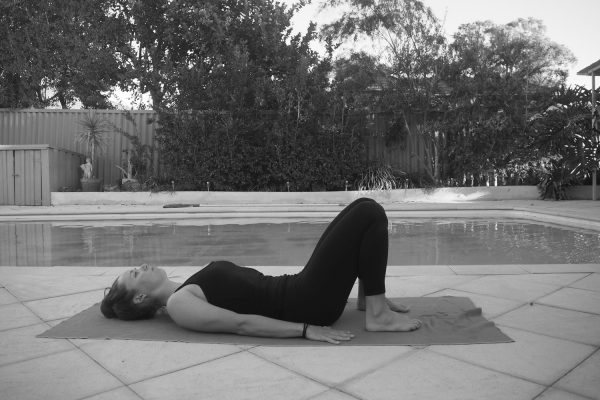
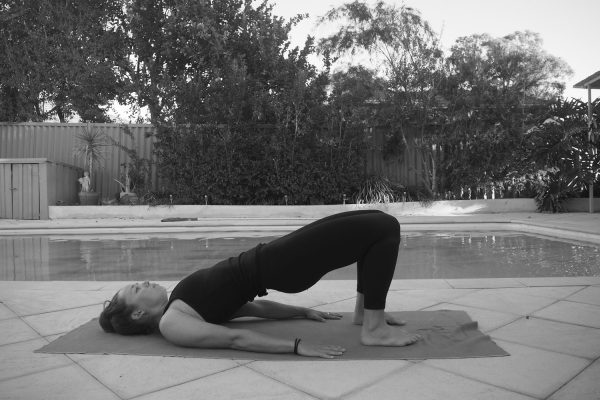
As with any exercise, the number of repetitions and length of holds can vary based upon each individual. As always: you should consult with your doctor prior to starting any exercise program.
“It’s as easy as riding a bike.” This famous quote is true, riding your bike should be easy and most importantly; pain free. Incorporating a few simple exercises a day can save you discomfort and can reduce time taken away from riding, and that is a pain in the ass.
Stretching, Mobility & Strength Training for Cyclists

Looking for a program that will help you address muscle imbalances, such as weak glutes, that are likely causing you pain? Dynamic Cyclist is an online training platform designed to help cyclists become stronger and faster while riding pain free for years to come. Complete your regimen with an all-inclusive program that addresses mobility, flexibility, strength and injury prevention, all for a fraction of the cost of one physiotherapy appointment. Try out our 2 Week Burner Strength Program and experience the results for yourself. Click here to try 7 days free!